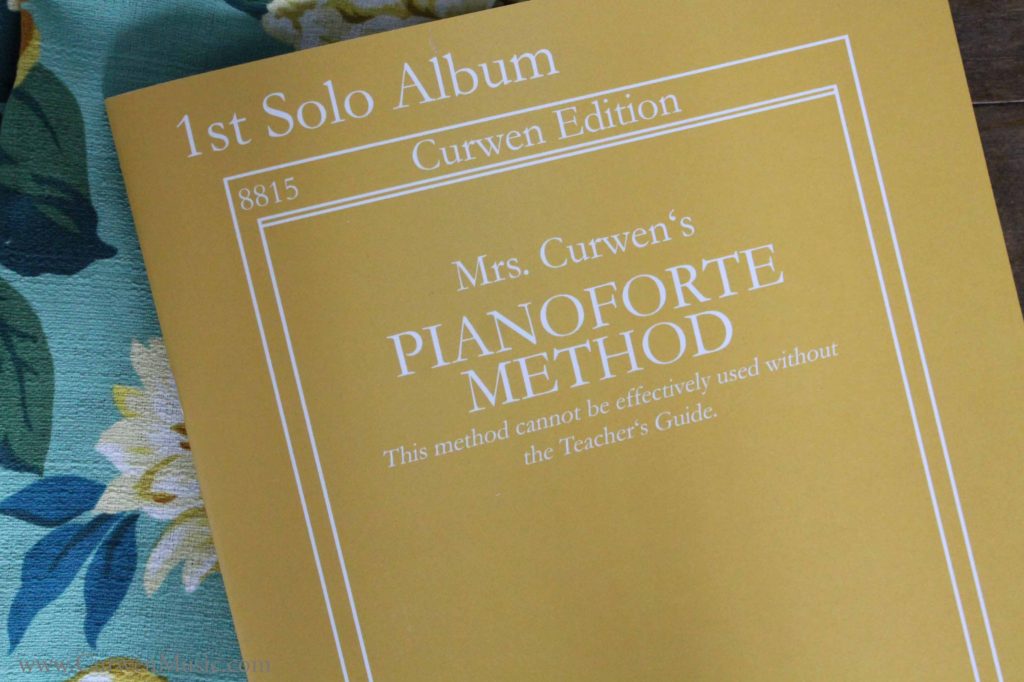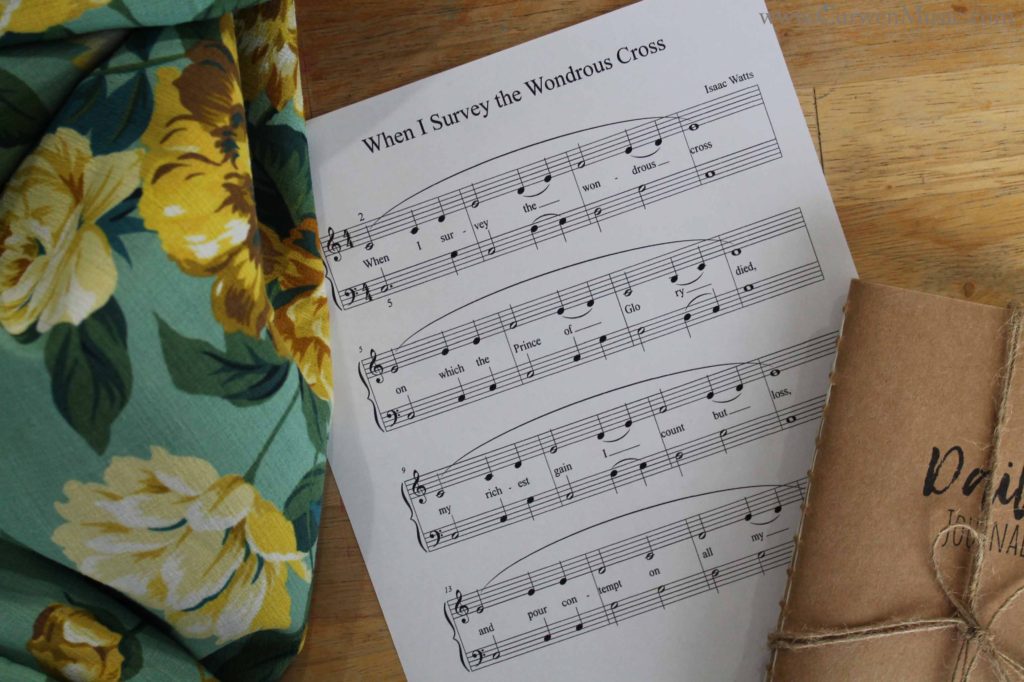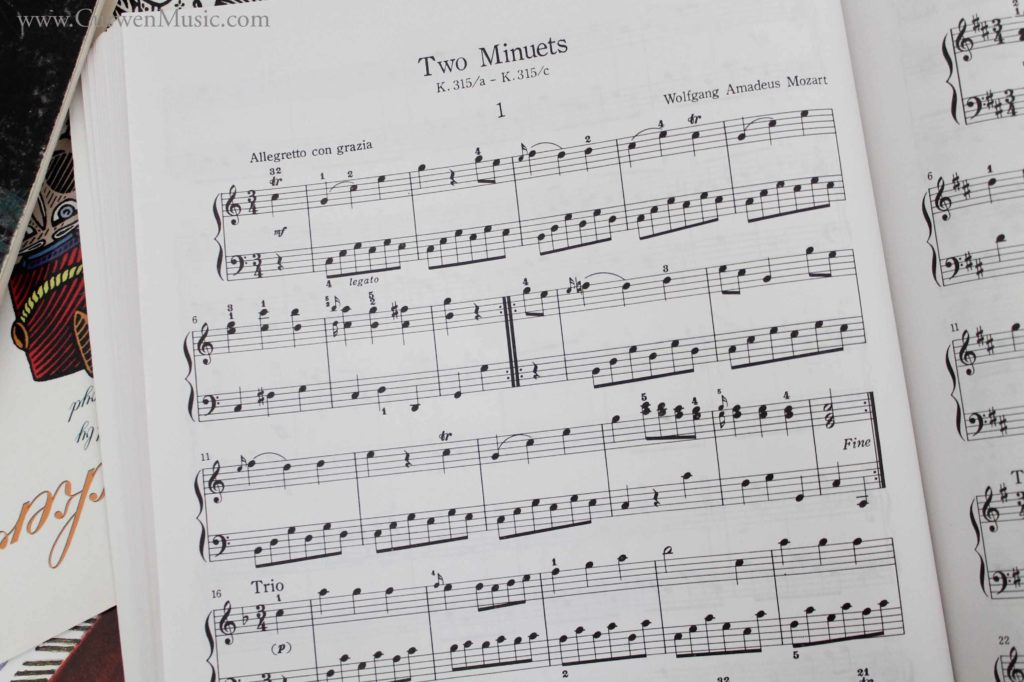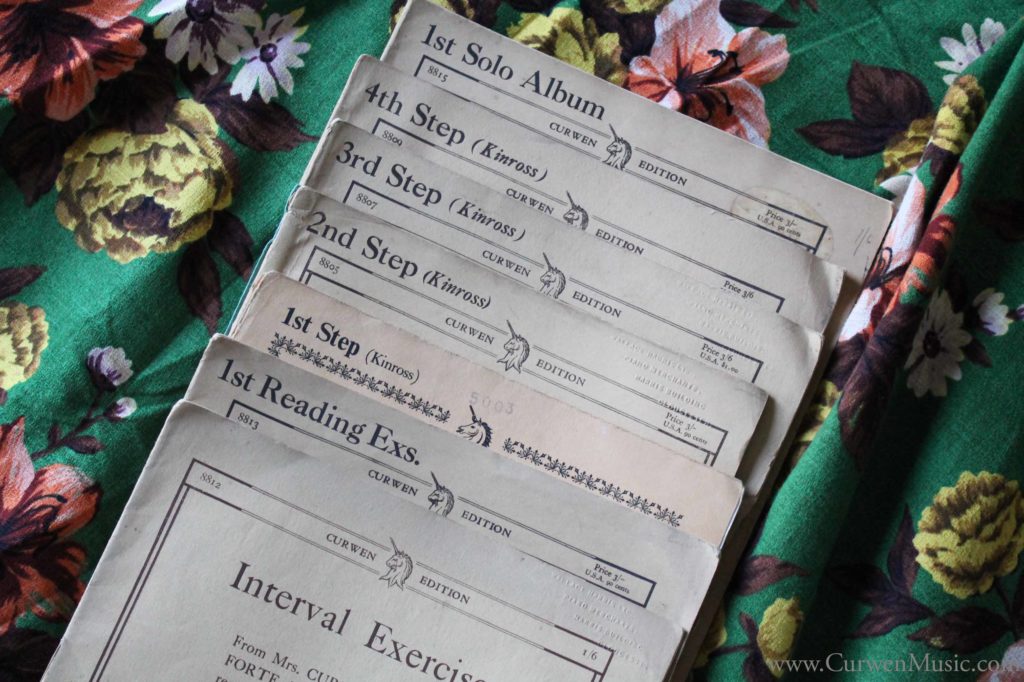I’m diving into 1st Step videos right now, and I’m sifting through books outside of Curwen’s that I use with my 1st Step students.
Here are a few points to keep in mind:
1. Curwen’s 1st Step students are just BEGINNING to read music. Most of the student’s work at this point has been done at a desk. They’ve actually done very little playing. Most other Level 1 books from other methods are going to be too difficult for a Curwen Step 1 student.
I like this piano book. It’s called Pieces for Children by Dimitri Kabalevsky. If you’re looking for additional recreative music for a beginner to intermediate pianist, I think this book is full of songs with character.
When reading Mrs. Curwen’s book, you will see that she has written (a) TECHNIQUE (See Introduction) at the beginning of the chapter for the fourth preliminary lesson. You’ll see technique listed in most of the preliminary lesson chapters.
What is she referring to? What technique related subjects should we be presenting to our students?
Mrs. Curwen often mentioned her desire for children to have music in front of them that is well written for their small hands. This 1st Solo Album is her compilation of pieces of music she felt suited the needs for children. They were pieces written simply for the beauty of music, yet they were written with children in mind.
Hi friends, I saw this hymn posted on Instagram this week. (BuildingLivingRelationships posted it.) I was not familiar with it, but I thought it was absolutely beautiful. If you are…
One of the greatest blessings of being a musician is when you’re given the opportunity to be a part of something that’s greater than anything you can do by…
Early in Mrs. Curwen’s preliminary courses, the teacher plays piece after piece of music with two pulse, three pulse, and four pulse measure. This gives the opportunity for the student to feel and hear the accented pulse and the following weak pulses.
In the below video, you’ll see the over arching principles Mrs. Curwen uses to teach the staff. It encompasses facets from all five preliminary lessons. This is not something that would be taught in a single lesson. One of the defining traits of her method to teach the staff is her use of the continuous intervals of the thirds.
Playing Christmas music is such a blessing for a child. Last November, I gave almost every one of my students a Christmas book to play from for the holiday season. Mrs. Curwen has taught me something, though. Christmas music is often hard for beginner pianists to play.
Here is a list of recordings of many of the simple tunes from Farm Scenes by Dr. Walter Carroll. Mrs. Curwen suggested this book as a simple book for teaching rote playing to a child who has not yet learned to read notation.
Each recording used on CurwenMusic.com has been performed, recorded , and edited specifically for use with lessons. This post provides easy access to each recording along with its composer and book.
If it is possible, Mrs. Curwen suggests a beginner student having a short lesson every day. If you are a parent capable of teaching your own child, this is what Mrs. Curwen recommends.
Mrs. Curwen also addresses the weekly piano lesson with a visiting teacher.
Mrs. Curwen has specific instruction for how to start a beginner piano student. She lays out five lessons that she refers to as the Preliminary Course. The child needs to investigate and discover for himself the elementary facts of music.
Rote playing is simply playing by imitation and repetition. As a piano teacher, I’d sit by a student at the piano and play a simple tune. I would not use music in front of me. The child would listen and watch me play. After watching and listening, the child would repeat what I just played.
This is such a common question I receive as a piano teacher.
What does Mrs. Curwen have to say about children taking piano lessons? How old should the child be when they start taking lessons?















